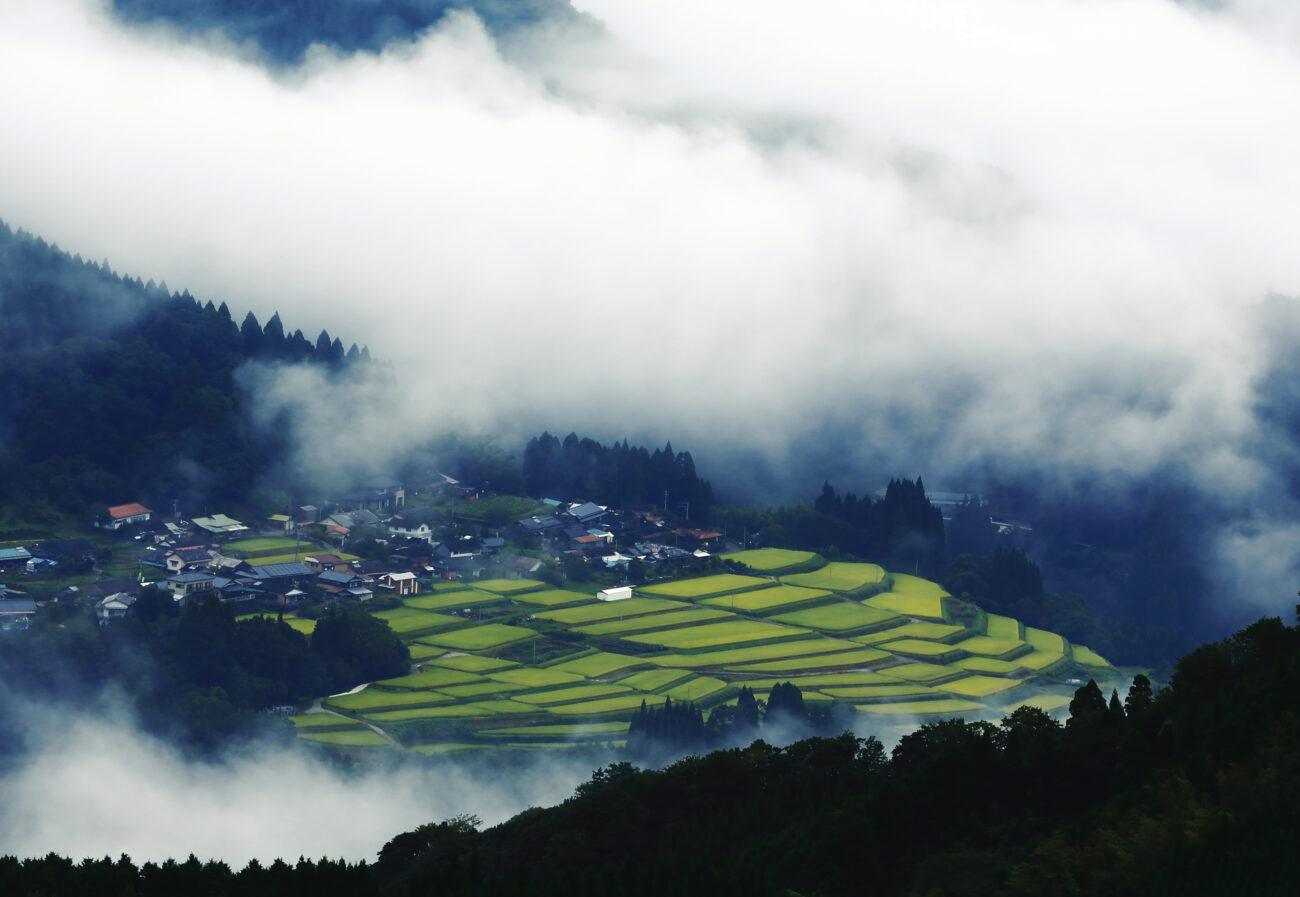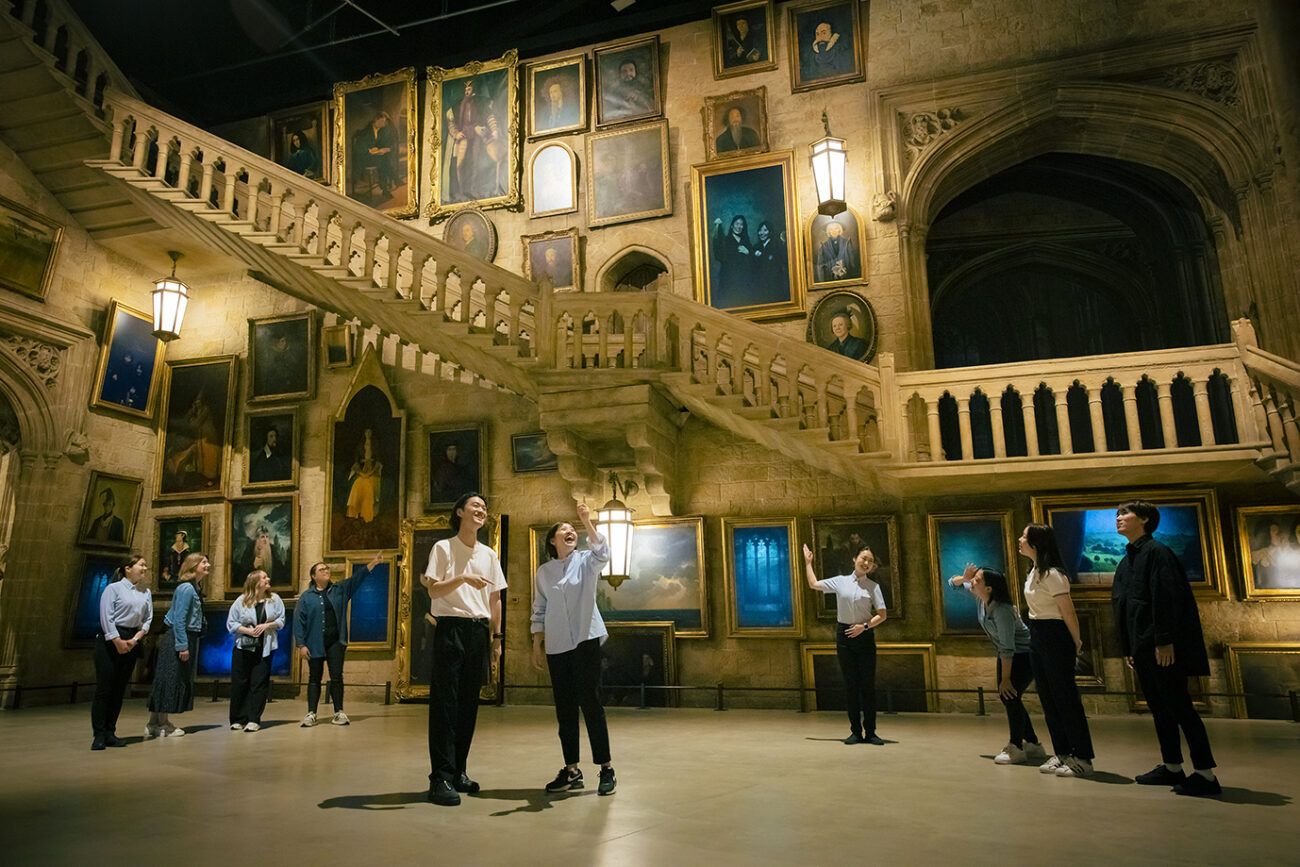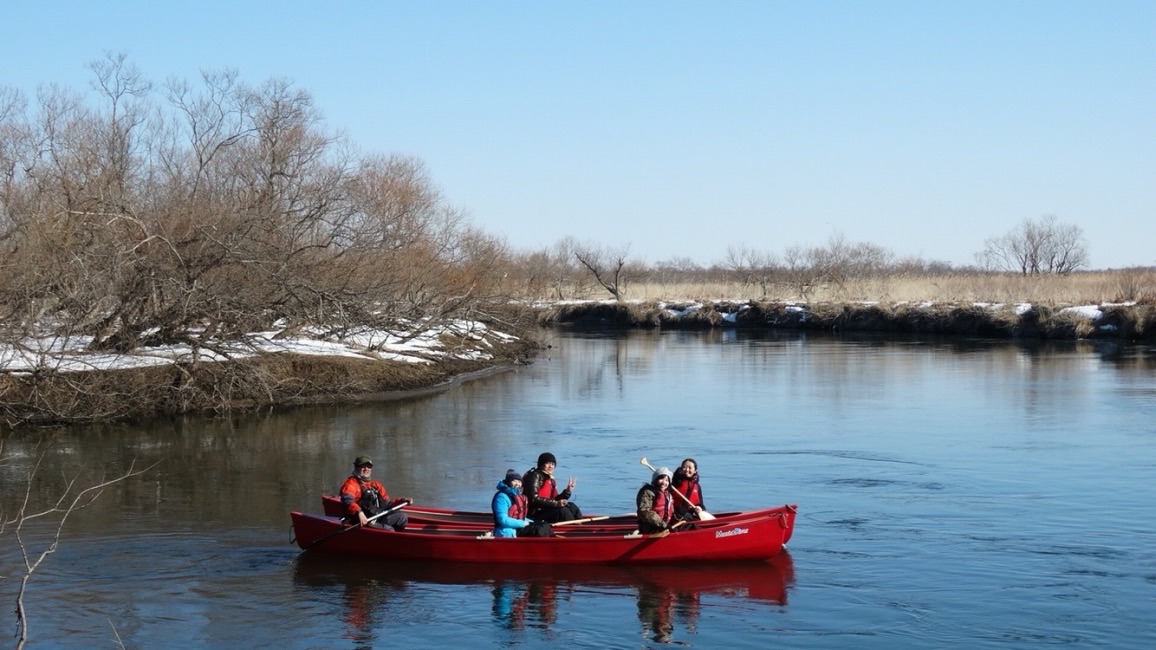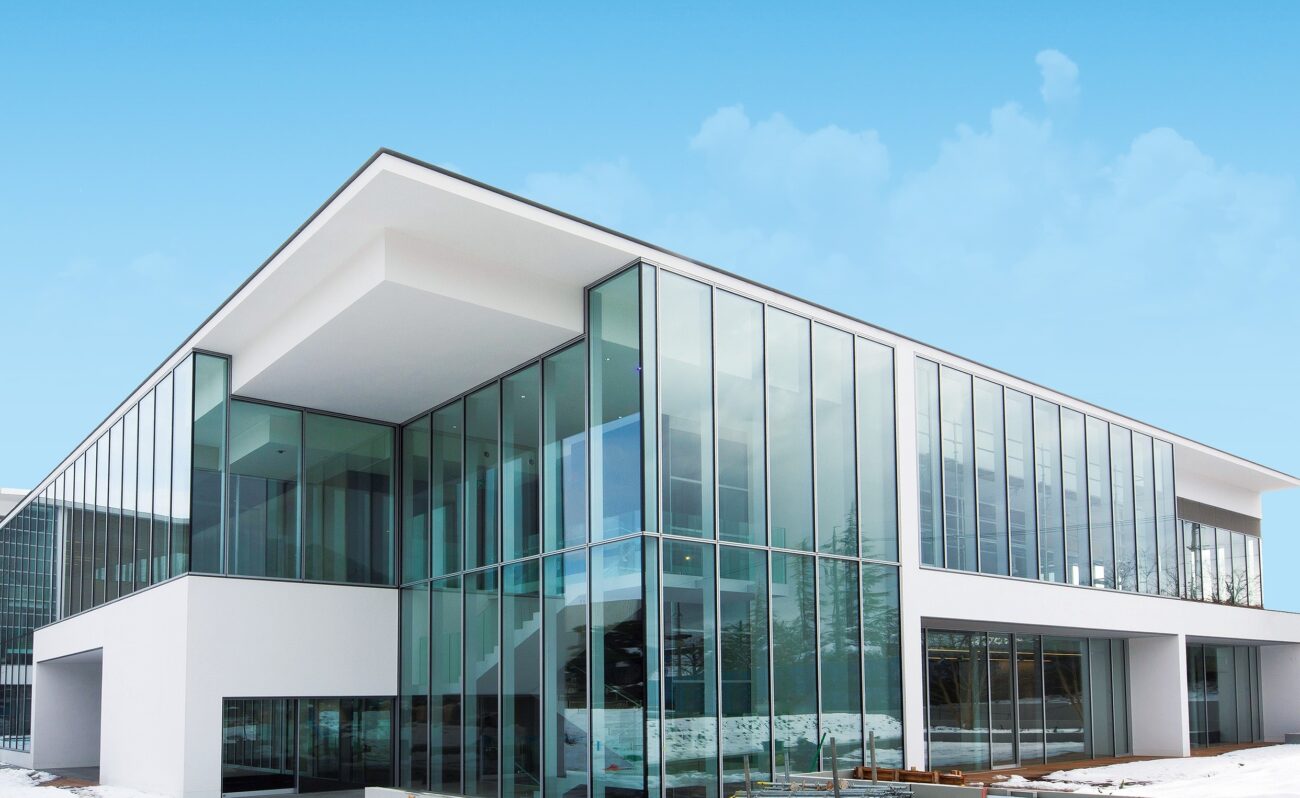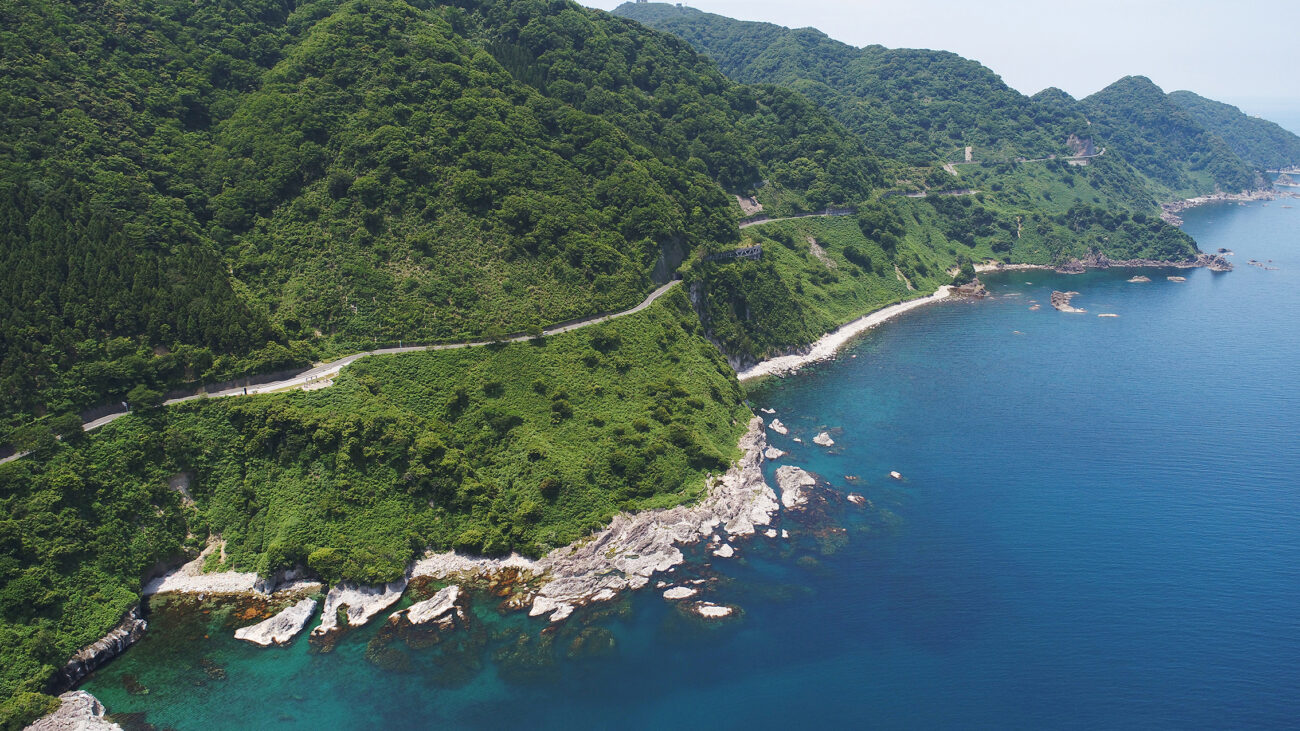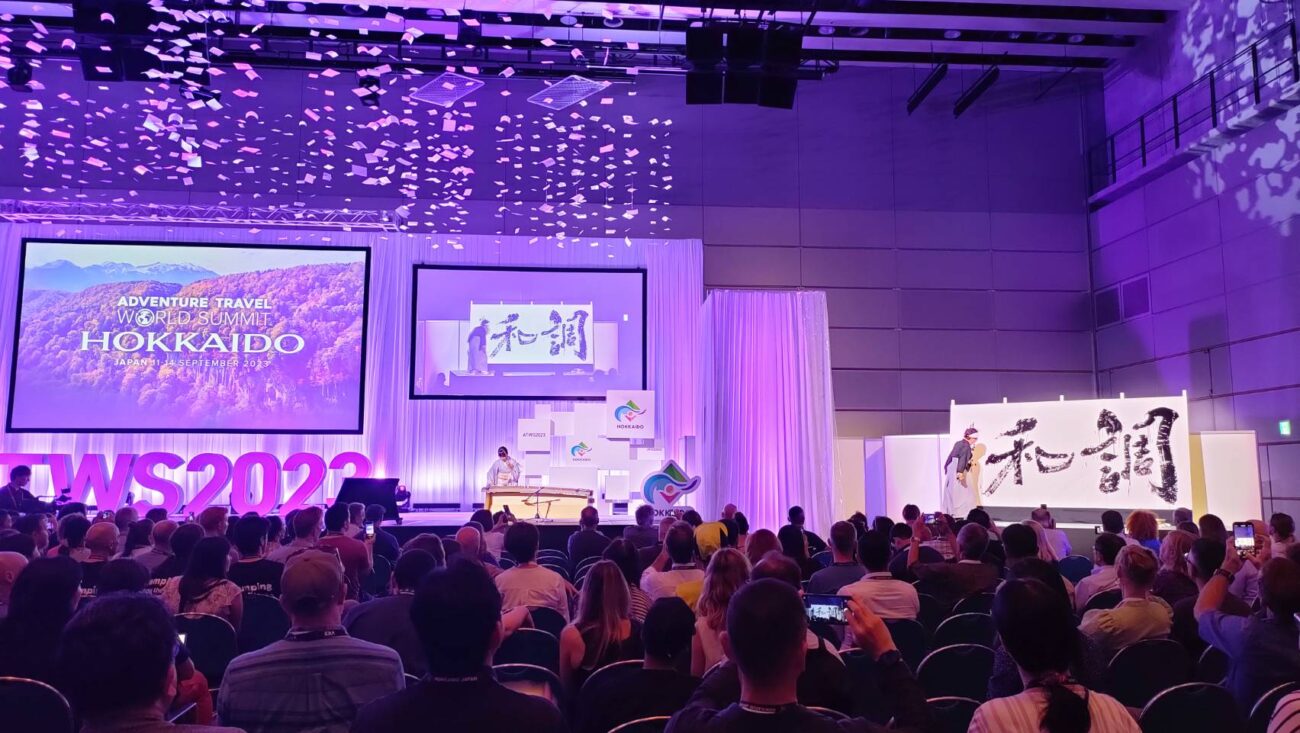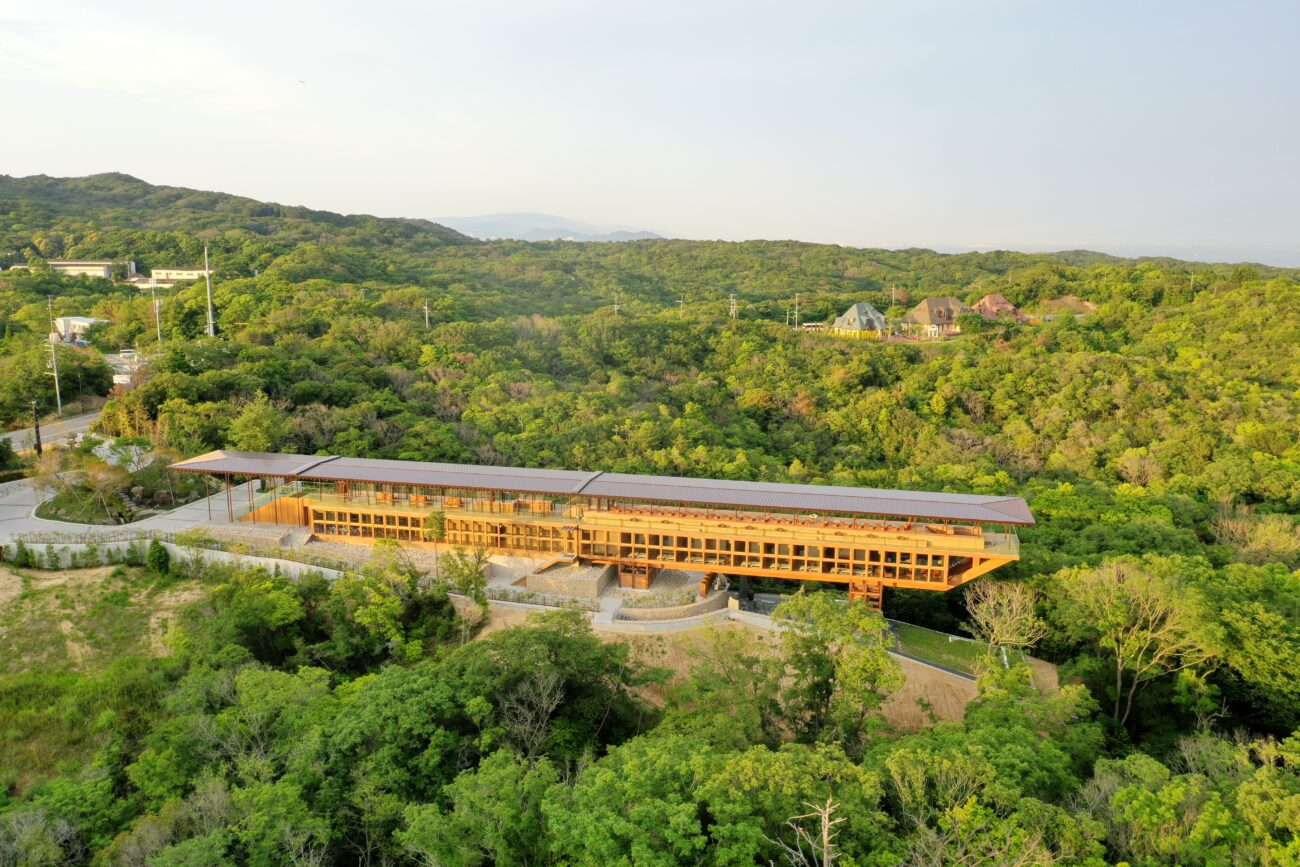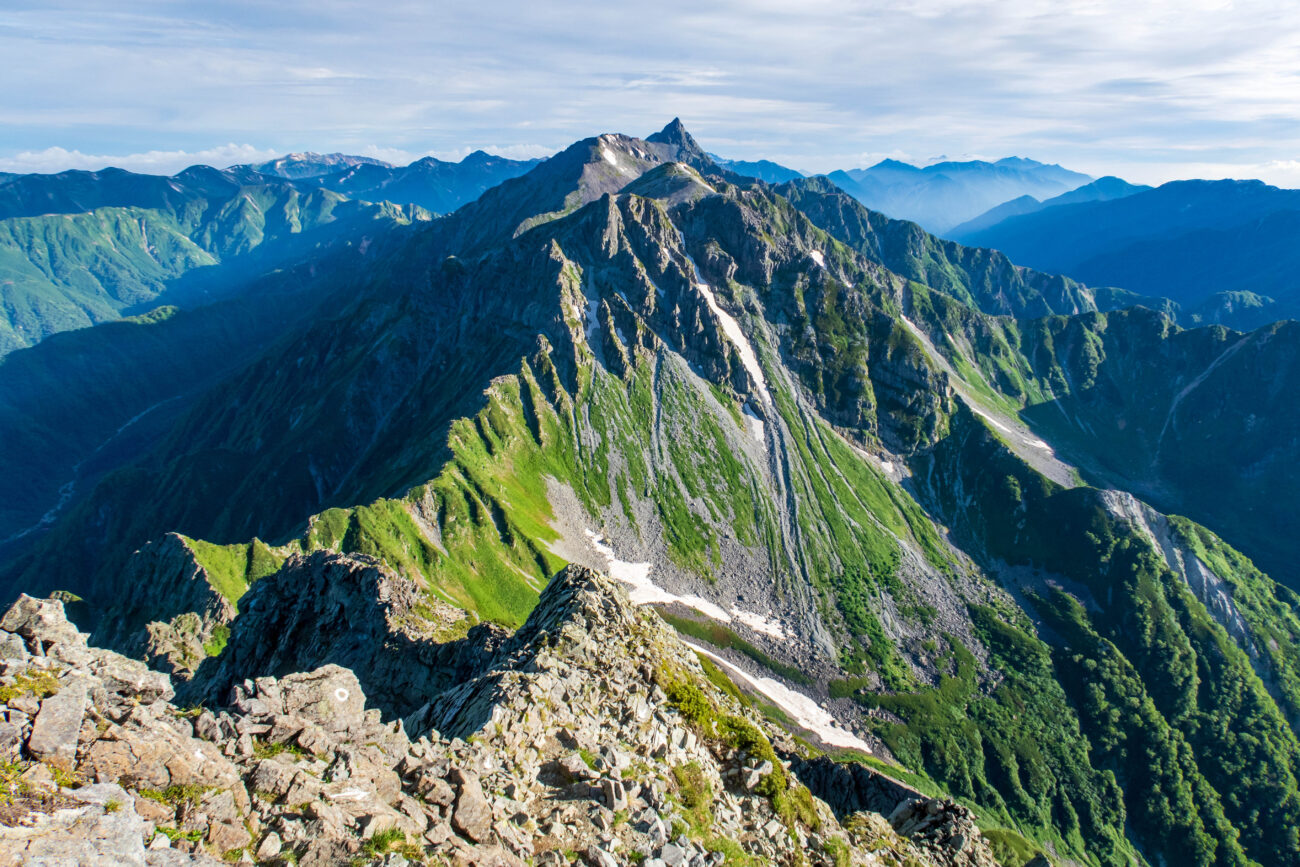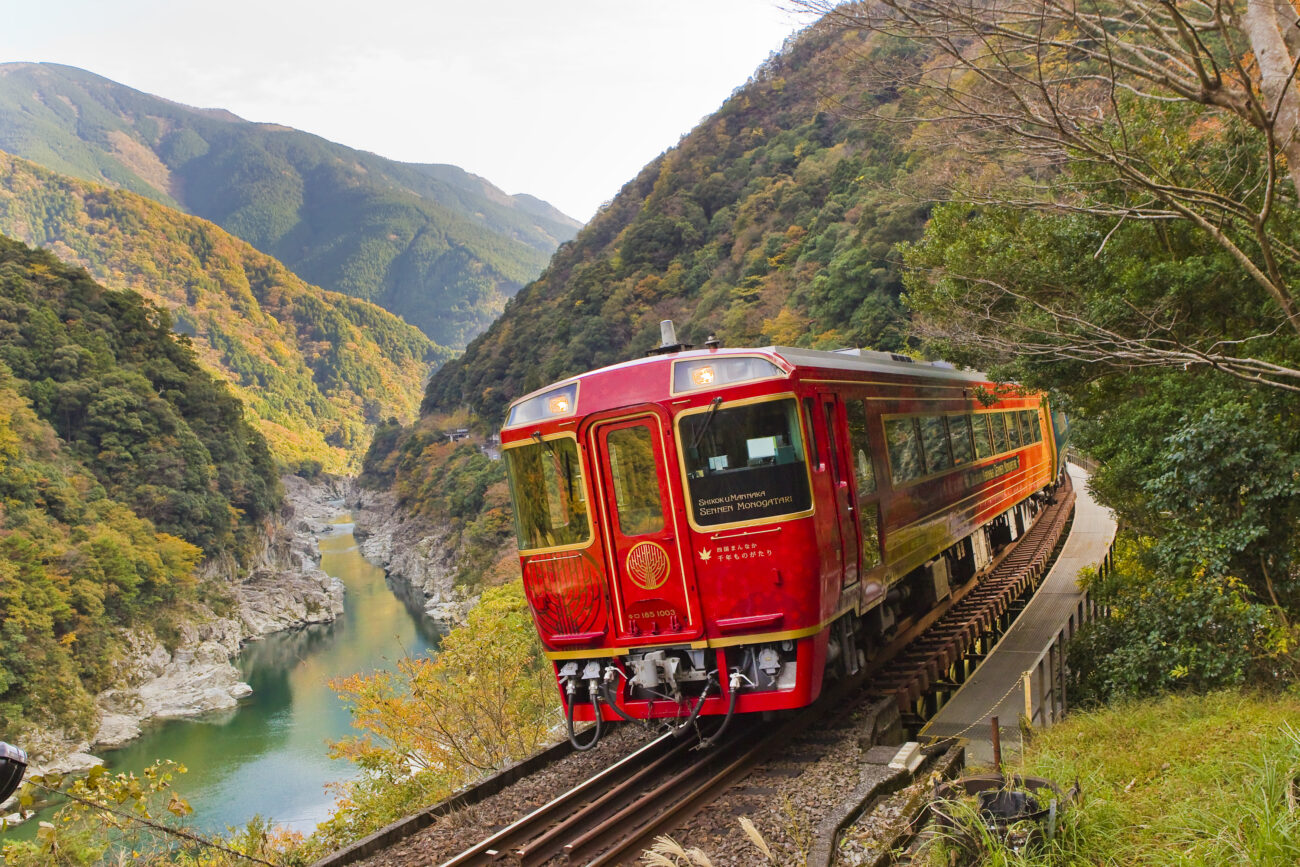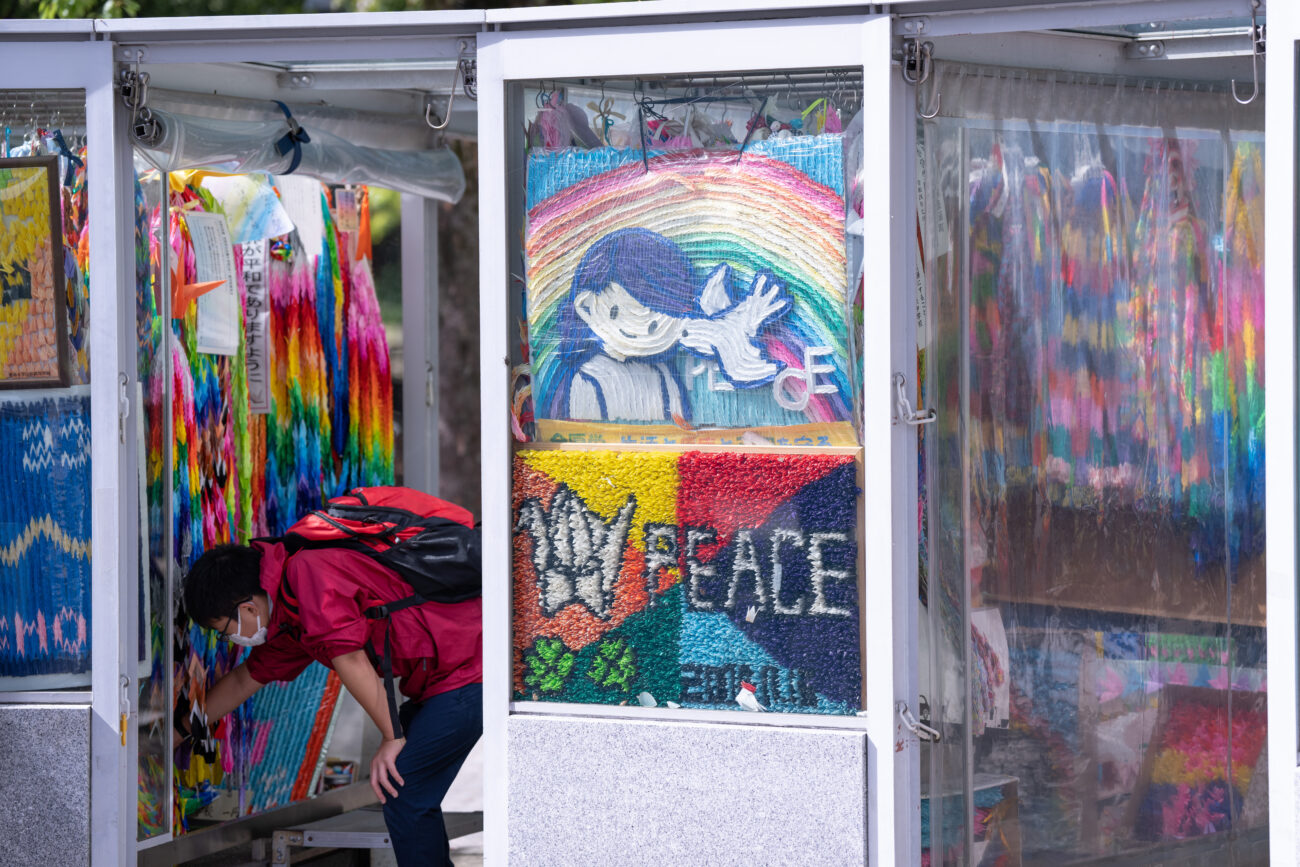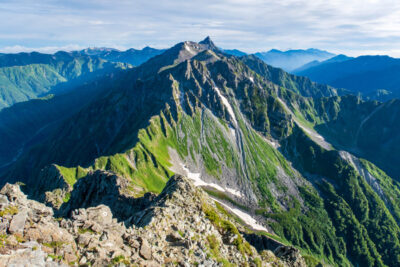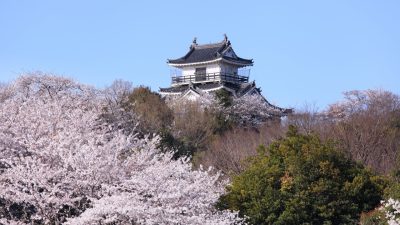Far from the urban attractions of Japan’s big cities, many rural areas in lesser-known regions cultivate local specialties in agriculture and fisheries that have earned them a niche reputation through premium products and spiritual cuisine. Nohaku (farmstays) are a great opportunity for curious or food-oriented visitors to gain firsthand experience and intimate insight into these pockets of cultural heritage, especially through the shared rituals of cooking and eating together with local residents.
The G7 Agriculture Minister’s Meeting in Miyazaki Prefecture and G7 Transport Minister’s Meeting were held this year respectively in Ise-Shima, Mie, so let’s explore Nohaku experiences in these prefectures, as well as another in Yamagata Prefecture.
Stay on a Sustainable Farm in Takachihogo-Shiibayama, Miyazaki
Nestled in the heart of rural Kyushu, the area of Takachihogo-Shiibayama includes several towns and villages in Miyazaki prefecture that thrive on a sustainable, composite system of agricultural forestry. A Nohaku experience here allows guests to gain firsthand experience in sustainable forestry with opportunities to work alongside farmers to hopefully acquire the rural culture and wisdom that has helped them coexist with nature for generations. During their stay, guests might learn how to prepare local cuisine as they make meals with their hosts or help prepare the Goemon, a cauldron-shaped bath heated by fire. Experiences include learning to build a fire and grill fish, making your own bamboo chopsticks, and making traditional Kagura tools for the rituals.
Beyond the treasured relationships to be created here, visitors can enjoy some of Miyazaki’s other treasures. These include some of Japan’s most beautiful terraced rice paddies, acres of beautifully maintained forests, and Kagura, a local ritualistic performance containing elements of Japan’s history and a request for blessings from the gods.
Experience the local fishery industry in Shima City, Mie Prefecture
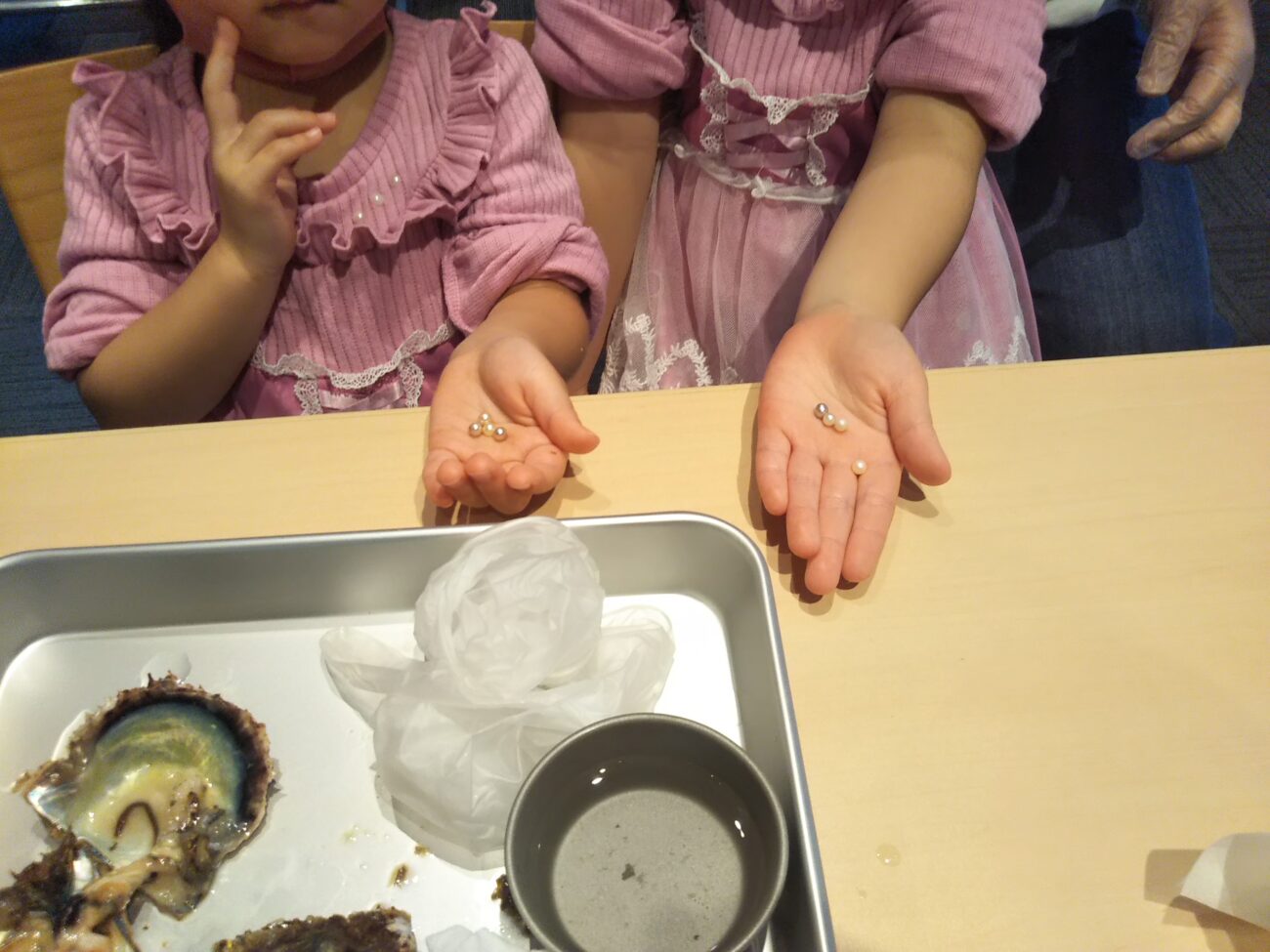
Ago Bay in Mie Prefecture is best known as the cradle of Japan’s pearl cultivation industry, producing spherical pearls in the gentle waters off the rugged coast of Shima city. Accommodation facilities in the area range from guest houses to glamping or even the Shima Kanko Hotel, which offers guests with all types of interests and travel style easy access to a variety of activities. Visitors can experience life alongside local families, learning about industry-related activities such as fishing, diving, and conservation efforts, as well as the aforementioned pearl cultivating. Curious visitors can dive with the Ama, female skin divers who helped launch the industry using 1,200-year-old methods of holding their breath underwater to harvest seafood such as abalone from the ocean floor. There is something deeply fulfilling that comes from preparing a sustainable meal from the natural bounty of the sea.
Guests can also take some time to relax and enjoy the rugged natural beauty of this southern part of Mie with tidal flats, evergreen tufted islands, and a rugged coastline teeming with marine life. Kayaking and snorkeling are among the popular pastimes along the coast, while Ise-Shima National Park offers forest hikes sprinkled with breathtaking views of land and sea.
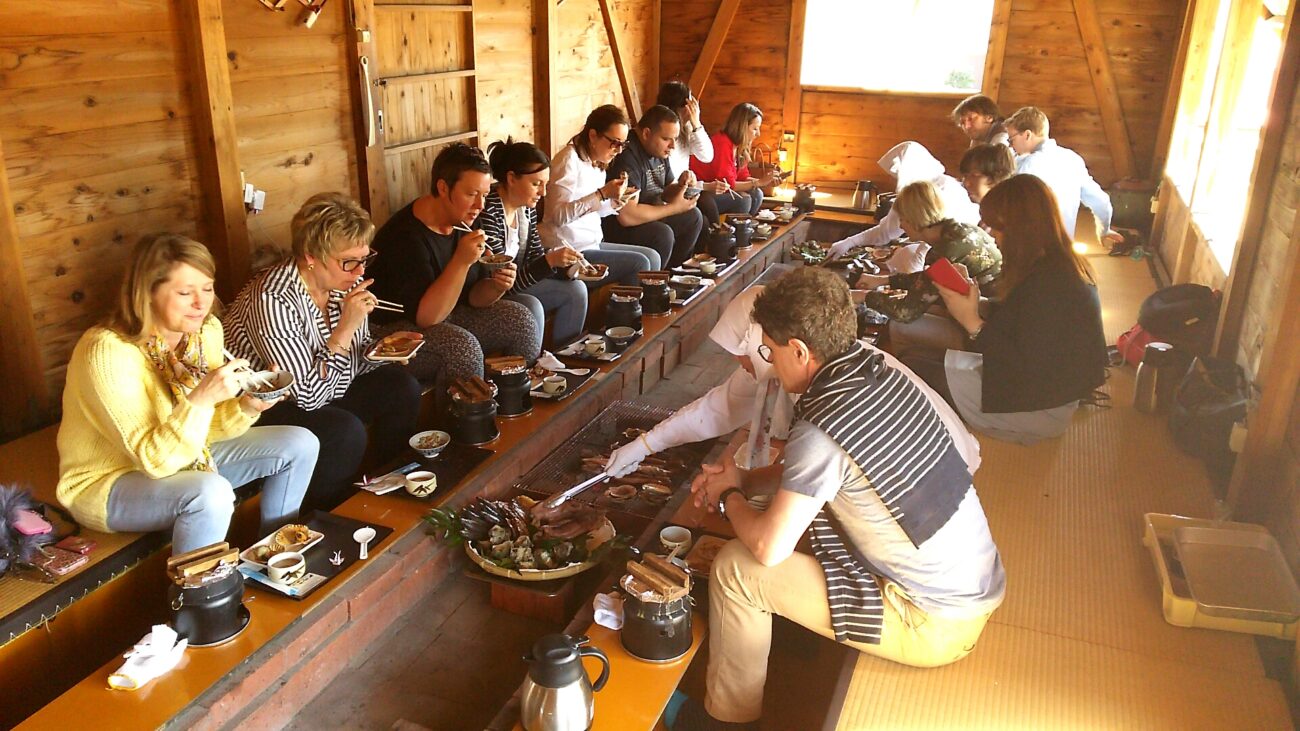
Recharge Your Spirit in the Mountains of Tsuruoka, Yamagata
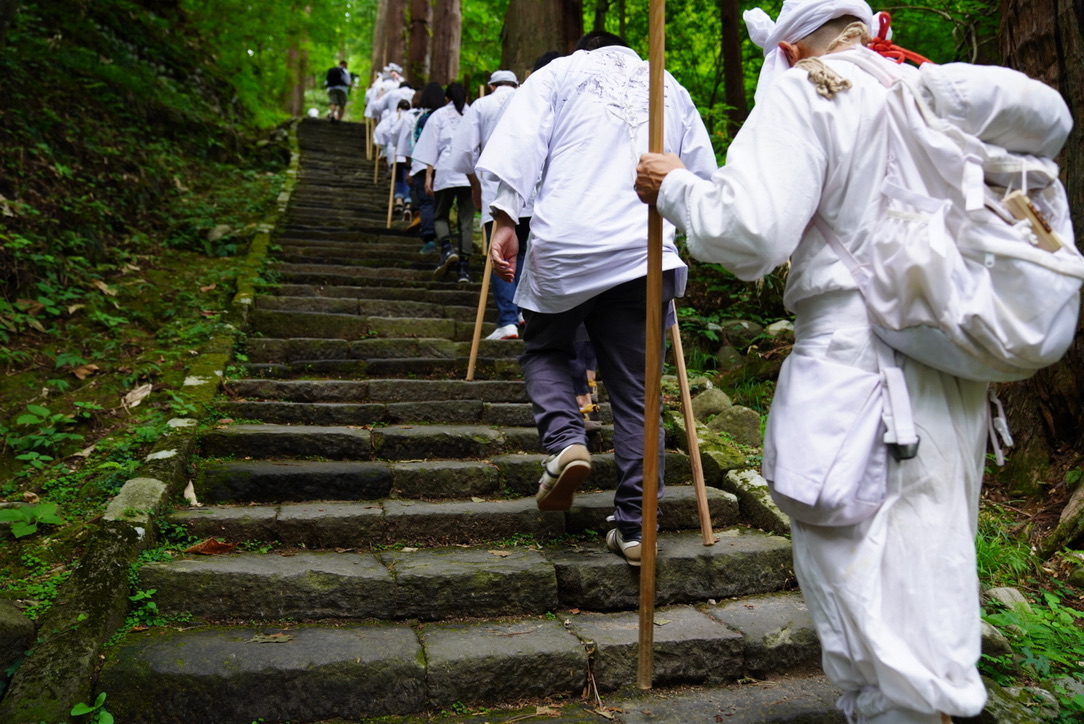
If the experiences in Miyazaki and Mie can be considered gentle introductions into the local cultures, Yamagata Prefecture offers a unique Nohaku experience with roots in ancient times. Yamabushi culture experience has a history of over 1,400 years in Tsuruoka City and its origins lie in Shugendo culture and Shojin Ryori, a vegetarian cuisine eaten by Shugendo practitioners. Shojin Ryori, which represents the food culture of Tsuruoka, was one of the reasons why Tsuruoka was designated a UNESCO Creative City of Gastronomy. “Yamabushi Reset Training” is an experience where visitors can sample the ancient culture represented by these vegetarian dishes. This three-day experience takes place in the Dewa Sanzan area of the mountains of Tsuruoka, an area used for centuries as a training ground for ascetic practicing Yamabushi pilgrims. The training consists of prayer and meditation, a challenging trek up and down Mt. Haguro, and a stay at a mountain pilgrim lodge where visitors can try Dewa Sanzan Shojin Ryori, the vegetarian cuisine of Yamabushi practitioners. During the experience, a Yamabushi master provides spiritual care and wisdom to participants, creating an atmosphere which is often life-changing.
Importantly, the fees to participate in this experience contribute to the sustainability of this vulnerable ancient tradition, while preserving the beautiful environment of ancient cedars and other natural resources that the Yamabushi serve to protect. Although not an experience fit for every visitor to Japan, the Yamabushi Reset Training is one that cannot be experienced anywhere else in the world.
Whether staying at Nohaku or in a pilgrim lodge, each of these unique opportunities share one thing in common: a chance for visitors to Japan to experience life alongside local Japanese people and build lasting friendships.
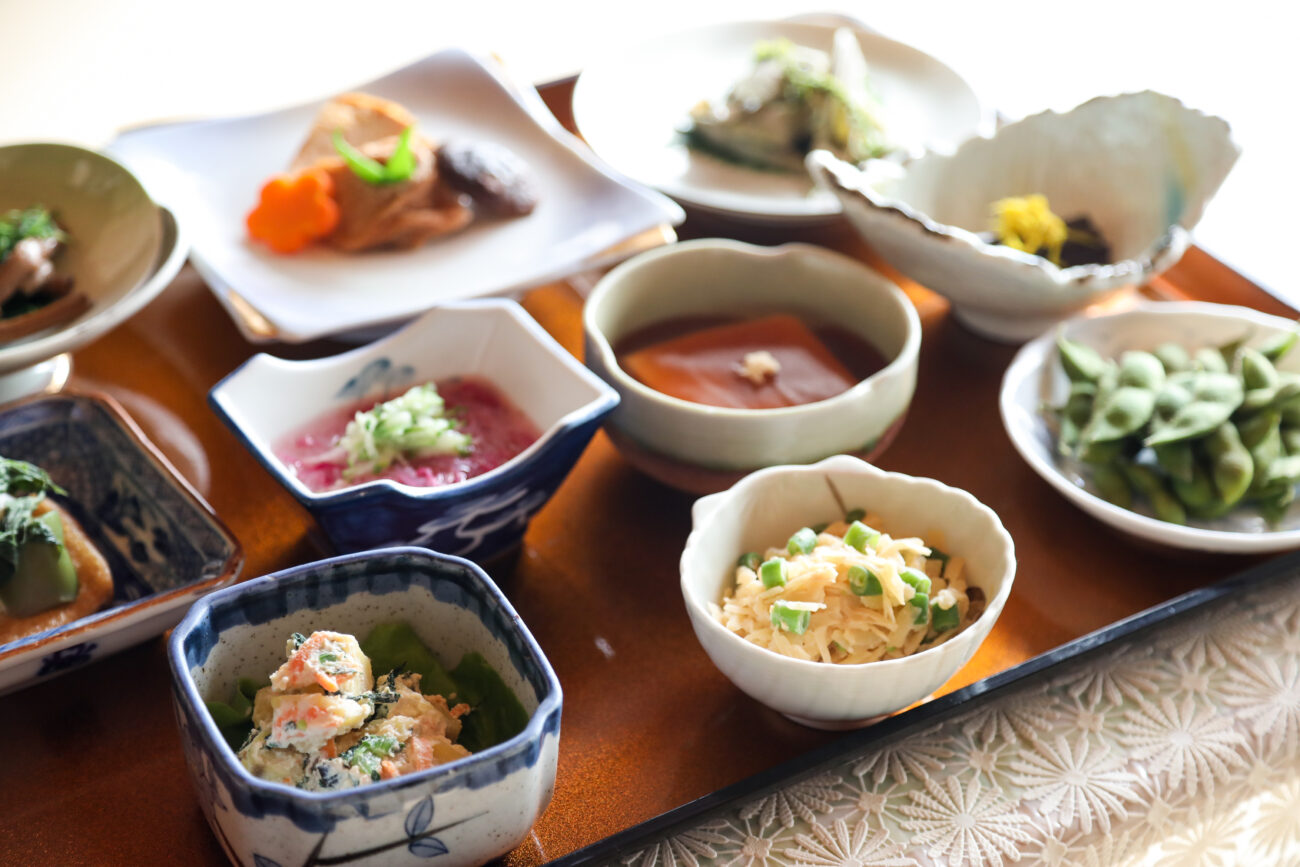
Supported by Japan National Tourism Organization

Notes:
- The above details are correct as of the time of publication, and are subject to change.
If you’d like to download photos and videos of Japan’s tourist attractions, please visit the Japan Online Media Center (JOMC)
For media inquiries, including requests to use photographs, please contact the JNTO Press office at media_inquiry@jnto.go.jp
 0
0

